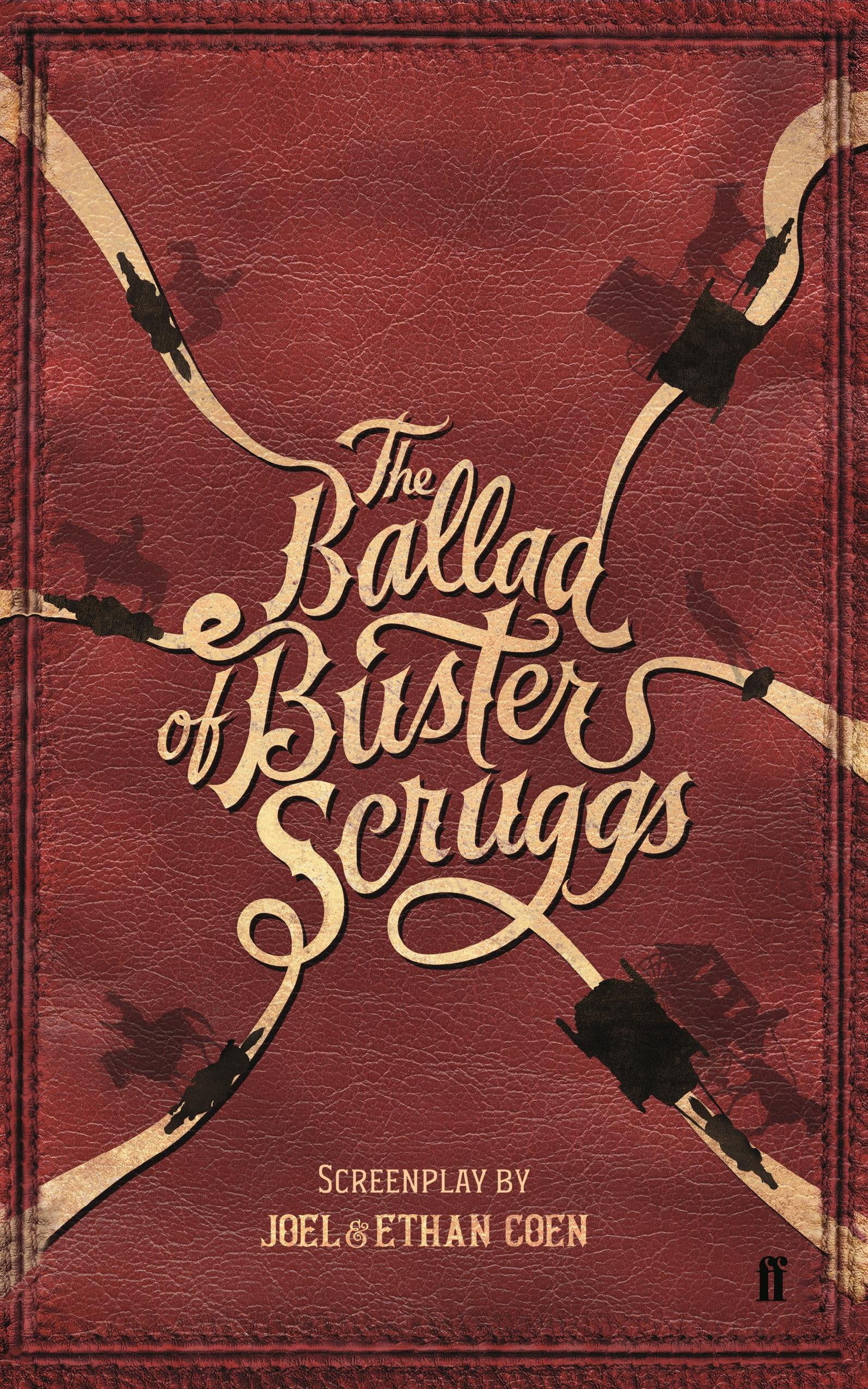
He miraculously escapes and makes his way home through an endless forest. The haunting 27-minute film is based on the famed 1891 short story by American writer Ambrose Bierce, “An Occurrence at Owl Creek Bridge.” In the film and story, during the Civil War (Bierce fought in that conflict), a Confederate saboteur is set to be hung from a bridge by Union forces. The final moments of this episode faintly bring to mind (and are perhaps meant to) the silent French film, La Rivière du hibou (1962, Robert Enrico), which was broadcast as part of the American science fiction television series, The Twilight Zone, in 1964. “There’s a pretty girl,” he suggests unconcernedly, then the trapdoor opens and he drops. On the gallows, he spies a young woman in the crowd. Unfortunately, the livestock turn out to be stolen and the cowboy is again sentenced to be hanged, this time for something he didn’t do. The Franco character then teams up with a drover herding cattle.

In “Near Algodones,” James Franco plays a cowboy and would-be bank robber who initially escapes a hanging when Comanche warriors slaughter a lawman and his posse. “Can’t be top dog forever,” observes Scruggs, prior to ascending to heaven.

In the course of a relatively brief episode, Scruggs draws his gun and kills a group of outlaws in a bar, later dispatches a menacing individual in a saloon by making the latter fire his gun into his own face three times, shoots off the fingers of another combatant before finishing him off and finally succumbs in a gunfight in the main street to a young stranger dressed in black. I figure that’s just human material, and him that finds in it cause for anger and dismay is just a fool for expecting better.” In other words, those who have a low opinion of humanity are simply facing facts. ‘Misanthrope’? I don’t hate my fellow man, even when he’s tiresome and surly and tries to cheat at poker. “I got other handles, nicknames, appellations, and cognomens, but this one here I don’t consider to be even halfway earned. Early on, the Coens seem to be preemptively addressing their own critics when they have Scruggs complain directly to the camera about his nickname, “The Misanthrope,” which appears on a wanted poster: In the opening sequence, with the same title as the film, a distastefully cheerful cowboy, Buster Scruggs (Tim Blake Nelson), all dressed in white, sings and shoots his way through various parts of the West.

Whether or not this is the filmmakers’ misguided, oblique response to the election of Donald Trump is unclear-and may be unclear to the Coens themselves. Meanwhile, a facetious, heavy-handed irony prevails. A healthy portion of the other figures are simply animalistic thugs. Killing, or acquiescence in the face of killing, is second nature even to most of the more polished characters, who tend to veil the various brutalities with ornate declamations. The Coens’ latest film is made up of six stories set in a mythical “Old West.” The thread connecting the various episodes is a generally nasty attitude toward humanity, and American humanity in particular.īuster Scruggs is prominently peopled by individuals who take a largely unthinking, almost naïve and childlike delight in violent mayhem.

The brothers, born in 19, respectively, in a Minneapolis suburb, are best known for Raising Arizona (1987), Miller's Crossing (1990), Fargo (1996), The Big Lebowski (1998), O Brother, Where Art Thou? (2000), Intolerable Cruelty (2003), Burn After Reading (2008), Inside Llewyn Davis (2013) and Hail, Caesar! (2016). The Ballad of Buster Scruggs is a new film written, directed and produced by Joel and Ethan Coen.


 0 kommentar(er)
0 kommentar(er)
